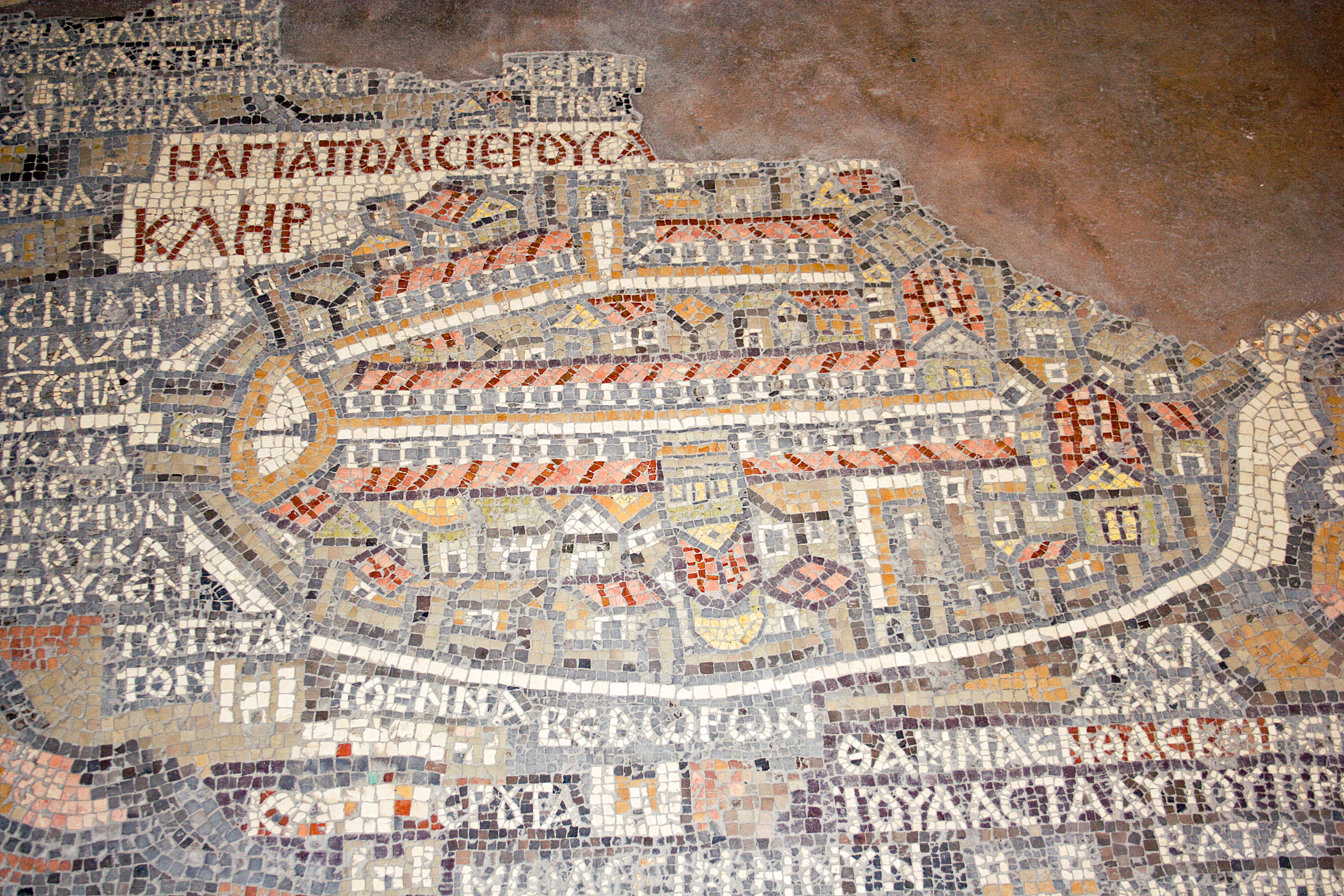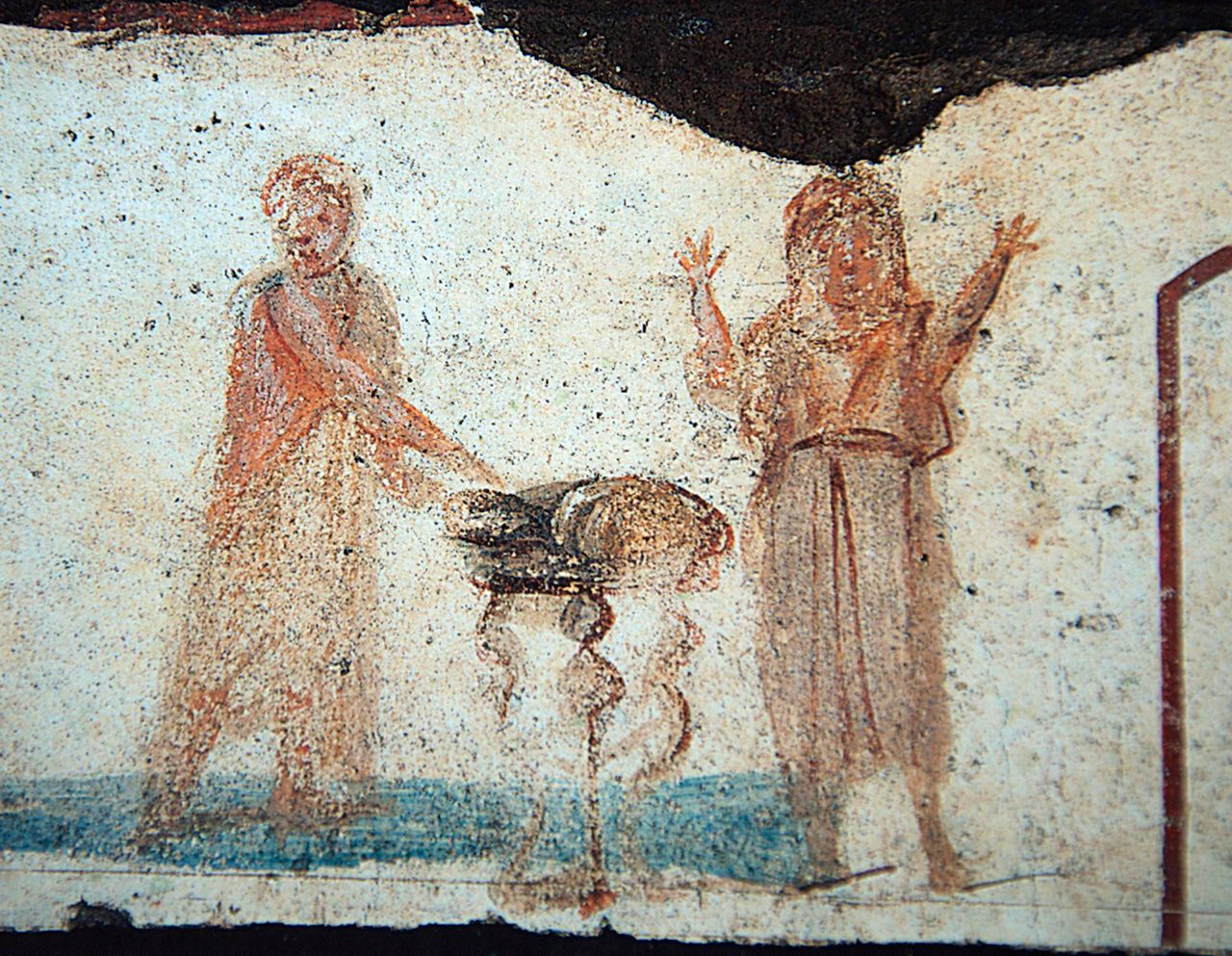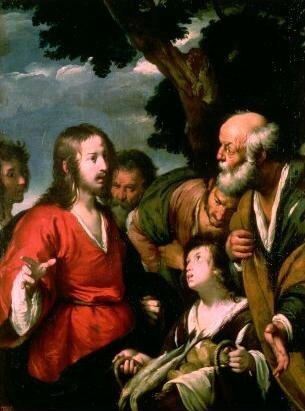|
ß╝░Žć╬ĖŽŹŽé
The ichthys or ichthus (), from the Koin─ō Greek, Greek (, First century, 1st cent. AD Koin─ō Greek pronunciation: , "fish") is, in its modern rendition, a symbol consisting of two intersecting arcs, the ends of the right side extending beyond the meeting point so as to resemble the profile of a fish. It has been speculated that the symbol was adopted by Early Christianity, early Christians as a secret symbol; a shibboleth to determine if another was indeed Christian.Robert Mowat, ŌĆ£╬Ö╬¦╬ś╬ź╬Ż,ŌĆØ in Atti del II┬░ congresso internazionale di archeologica cristi-ana tenuto in Roma nellŌĆÖ aprile 1900 (Rome: Spith├Čver, 1902), 1ŌĆō8Rasimus, T. ,2011''Revisiting the Ichthys: A Suggestion Concerning the Origins of Christological Fish Symbolism'' Pp 327-348 in '' Mystery and Secrecy in the Nag Hammadi Collection and Other Ancient Literature: Ideas and Practices.'' Biblical Studies, Ancient Near East and Early Christianity E-Books Online. "Such solutions, once popular, include the f ... [...More Info...] [...Related Items...] OR: [Wikipedia] [Google] [Baidu] |
Ichthus
Ichthus may refer to: * Ichthys (or ichthus), a Christian symbol drawn so as to resemble the profile of a fish * Ichthus Christian Fellowship Ichthus Christian Fellowship is a neocharismatic Christian church movement and apostolic network based in London, United Kingdom. It is part of the British New Church Movement (BNCM) and has links with other BNCM leaders and movements, especially ..., a neocharismatic Christian church movement and Apostolic network * Ichthus Festival, a Christian music festival in Wilmore, Kentucky * '' The Harvard Ichthus'', a journal of Christian thought and expression published at Harvard University {{disambiguation ... [...More Info...] [...Related Items...] OR: [Wikipedia] [Google] [Baidu] |
Jesus
Jesus (AD 30 or 33), also referred to as Jesus Christ, Jesus of Nazareth, and many Names and titles of Jesus in the New Testament, other names and titles, was a 1st-century Jewish preacher and religious leader. He is the Jesus in Christianity, central figure of Christianity, the Major religious groups, world's largest religion. Most Christians consider Jesus to be the Incarnation (Christianity), incarnation of God the Son and awaited Messiah#Christianity, messiah, or Christ (title), Christ, a descendant from the Davidic line that is prophesied in the Old Testament. Virtually all modern scholars of classical antiquity, antiquity agree that Historicity of Jesus, Jesus existed historically. Accounts of Life of Jesus, Jesus's life are contained in the Gospels, especially the four canonical Gospels in the New Testament. Since the Age of Enlightenment, Enlightenment, Quest for the historical Jesus, academic research has yielded various views on the historical reliability of t ... [...More Info...] [...Related Items...] OR: [Wikipedia] [Google] [Baidu] |
Lunate Sigma
Sigma ( ; uppercase ╬Ż, lowercase Žā, lowercase in word-final position Žé; ) is the eighteenth letter of the Greek alphabet. In the system of Greek numerals, it has a value of 200. In general mathematics, uppercase ╬Ż is used as an operator (mathematics), operator for summation. When used at the end of a Letter case, letter-case word (one that does not use all caps), the final form (Žé) is used. In ' (Odysseus), for example, the two lowercase sigmas (Žā) in the center of the name are distinct from the word-final sigma (Žé) at the end. The Latin alphabet, Latin letter S derives from sigma while the Cyrillic script, Cyrillic letter Es (Cyrillic), Es derives from a #Lunate sigma, lunate form of this letter. History The shape (╬ŻŽé) and alphabetic position of sigma is derived from the Phoenician alphabet, Phoenician letter (Shin (letter), ''shin''). Sigma's original name may have been ''san'', but due to the complicated early history of the Greek Archaic Greek alphabets, epich ... [...More Info...] [...Related Items...] OR: [Wikipedia] [Google] [Baidu] |
Logos2fishScreenshot 2023-10-14 123814
''Logos'' (, ; ) is a term used in Western philosophy, psychology and rhetoric, as well as religion (notably Christianity); among its connotations is that of a rational form of discourse that relies on inductive and deductive reasoning. Aristotle first systematized the usage of the word, making it one of the three principles of rhetoric alongside ethos and pathos. This original use identifies the word closely to the structure and content of language or text. Both Plato and Aristotle used the term ''logos'' (along with ''rhema'') to refer to sentences and propositions. Background is related to which is cognate with . The word derives from a Proto-Indo-European root, *leŪĄ-, which can have the meanings "I put in order, arrange, gather, choose, count, reckon, discern, say, speak". In modern usage, it typically connotes the verbs "account", "measure", "reason" or "discourse".Henry George Liddell and Robert Scott''An Intermediate GreekŌĆōEnglish Lexicon'' logos, 1889.Entrat ... [...More Info...] [...Related Items...] OR: [Wikipedia] [Google] [Baidu] |
L'Osservatore Romano
''L'Osservatore Romano'' is the daily newspaper of Vatican City which reports on the activities of the Holy See and events taking place in the Catholic Church and the world. It is owned by the Holy See but is not an official publication, a role reserved for the ''Acta Apostolicae Sedis'', which acts as a government gazette.John Hooper, "Behind the scenes at the pope's newspaper" in ''The Guardian'', 20 July 2009 The views expressed in the ''Osservatore'' are those of individual authors unless they appear under the specific titles "Nostre Informazioni" or "Santa Sede". Available in nine languages, the paper prints two Latin language, Latin mottos under the Nameplate (publishing), masthead of each edition: () and (). The current edi ... [...More Info...] [...Related Items...] OR: [Wikipedia] [Google] [Baidu] |
Sibylline Oracles
The ''Sibylline Oracles'' (; sometimes called the pseudo-Sibylline Oracles) are a collection of oracular utterances written in Greek hexameters ascribed to the Sibyls, prophetesses who uttered divine revelations in a frenzied state. Fourteen books and eight fragments of Sibylline Oracles survive, in an edition of the 6th or 7th century AD. They are not to be confused with the original '' Sibylline Books'' of the ancient Etruscans and Romans which were burned by order of the Roman general Flavius Stilicho in the 4th century AD. Instead, the text is an "odd pastiche" of Hellenistic and Roman mythology interspersed with Jewish, Gnostic and early Christian legend. The content of the individual books is probably of different age, dated to anywhere between the 1st and 7th centuries AD. The ''Sibylline Oracles'' are a valuable source for information about classical mythology and early first millennium Gnostic, Hellenistic Jewish and Christian beliefs. Some apocalyptic passages ... [...More Info...] [...Related Items...] OR: [Wikipedia] [Google] [Baidu] |
World History Encyclopedia
World History Encyclopedia (formerly Ancient History Encyclopedia) is a nonprofit educational company created in 2009 by Jan van der Crabben. The organization publishes and maintains articles, images, videos, podcasts, and interactive educational tools related to history. All users may contribute content to the site, although submissions are reviewed by an editorial team before publication. In 2021, the organization was renamed from the Ancient History Encyclopedia to World History Encyclopedia to reflect its broadened scope, covering world history from all time periods, as opposed to just ancient history. Original articles are written in English and later translated into other languages, mainly French and Spanish. Organization history The Ancient History Encyclopedia was founded in 2009 by van der Crabben with the stated goal of improving history education worldwide by creating a freely accessible and reliable history source. The nonprofit organization is based in Godalming, Unit ... [...More Info...] [...Related Items...] OR: [Wikipedia] [Google] [Baidu] |
Catacomb Of Priscilla
The Catacomb of Priscilla is a large archaeological site on the Via Salaria in Rome, Italy, situated in what was a quarry in Roman times. The catacombs extend underground for over seven miles, making them one of Romes most extensive catacombs. it was used for thousands of Christian burials from the late 2nd century through the 4th century. The origin of the catacomb's namesake is highly contested and theorized. In one theory, Priscilla belonged to the Acilii Glabriones family and was the woman patron who donated the site. The family name can be found etched into the hypogeum. The walls also display some of the earliest known frescos of Biblical scenes. Many of these frescos are studied specifically for their portrayal of early Christian women. The modern entrance to the catacombs are on the Via Salaria through the cloister of the monastery of the Benedictines of Priscilla. The Catacombs of Priscilla are divided into three notable areas: a Greek Chapel (Capella Greca), the c ... [...More Info...] [...Related Items...] OR: [Wikipedia] [Google] [Baidu] |
Catacombs Of Saint Sebastian
The Catacombs of Rome () are ancient catacombs, underground burial places in and around Rome, of which there are at least forty, some rediscovered since 1578, others even as late as the 1950s. There are more than fifty catacombs in the underground of Rome in which about 150 km of tunnels run. Though most famous for Christian burials, either in separate catacombs or mixed together, Jews and also adherents of a variety of pagan Roman religions were buried in catacombs, beginning in the 2nd century AD,Toynbee: 39ŌĆō40. occasioned by the ancient Roman ban on burials within a city, and also as a response to overcrowding and shortage of land. The most extensive and perhaps the best known is the Christian Catacomb of Callixtus located near the Park of the Caffarella, but there are other sites, both Christian and not, scattered around the city, some of which are now engulfed by modern urban sprawl. The Christian catacombs are extremely important for the history of Early Christian art ... [...More Info...] [...Related Items...] OR: [Wikipedia] [Google] [Baidu] |
Catacomb
Catacombs are man-made underground passages primarily used for religious purposes, particularly for burial. Any chamber used as a burial place is considered a catacomb, although the word is most commonly associated with the Roman Empire. Etymology and history The first place to be referred to as ''catacombs'' was the system of underground tombs between the 2nd and 3rd milestones of the Appian Way in Rome, where the bodies of the apostles Peter and Paul, among others, were said to have been buried. The name of that place in Late Latin was ''catacumbas'' (feminine nominative plural; the singular is ''catacumba'') ŌĆö a word of obscure origin, possibly deriving from a proper name or a derivation of the Greek phrase ''cata cumbas'', "below the quarries". The word referred originally only to the Roman catacombs, but was extended by the 19th century to refer to any subterranean receptacle of the dead, as in the 18th-century Paris catacombs. The ancient Christians carved the first ca ... [...More Info...] [...Related Items...] OR: [Wikipedia] [Google] [Baidu] |
Feeding The Multitude
In Christianity, feeding the multitude comprises two separate miracles of Jesus, reported in the Gospels, in which Jesus used modest resources to feed thousands of followers who had gathered to see him heal the sick. The first miracle, the "Feeding of the 5,000", is the only miracleŌĆöaside from the resurrectionŌĆörecorded in all four gospels ( Matthew 14:13ŌĆō21; Mark 6:31ŌĆō44; Luke 9:12ŌĆō17; John 6:1ŌĆō14). The second miracle, the "Feeding of the 4,000", with seven loaves of bread and a few small fish, is reported in Matthew 15:32ŌĆō39 and Mark 8:1ŌĆō9 but not in Luke or John. The feeding of the 5,000 The Feeding of the 5,000 is also known as the "miracle of the five loaves and two fish"; the Gospel of John reports that Jesus used five loaves and two fish supplied by a boy to feed a multitude. According to the Gospel of Matthew, when Jesus heard that John the Baptist had been killed, he withdrew by boat privately to a solitary place. Luke specifies that the place was ... [...More Info...] [...Related Items...] OR: [Wikipedia] [Google] [Baidu] |




